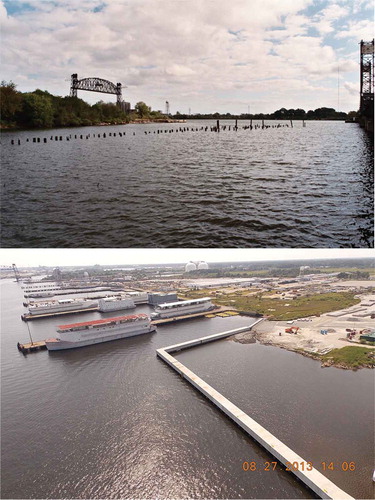Figures & data
FIGURE 1. The Elizabeth River region, including major towns, connections to the James River and the Chesapeake Bay to the north, and to the Intracoastal Waterway and Dismal Swamp to the south.
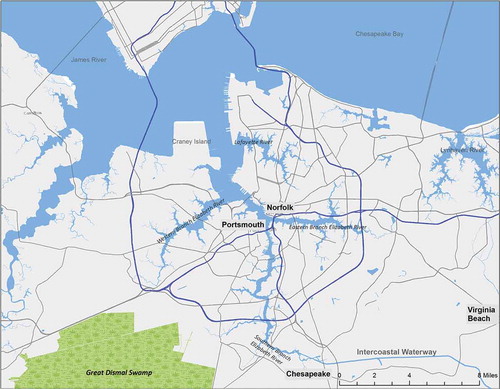
FIGURE 2. Locations of wood treatment facilities and sediment sampling sites in the Elizabeth and Lafayette rivers.
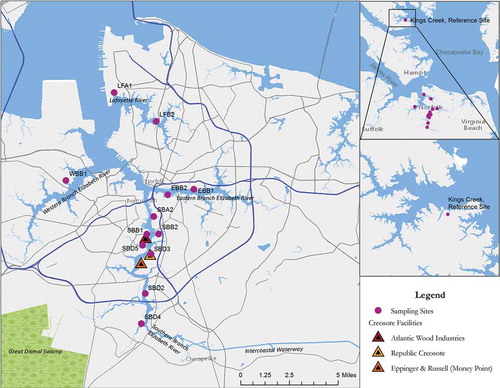
FIGURE 3. Concentrations of total PAHs in sediments from locations around the world. The highest value, “Elizabeth River—Wood Treatment,” is for sediment sampled adjacent to the Eppinger and Russell facility. From Walker, Dickhut, and Chisholm-Brause (Citation2004); reprinted with permission from John Wiley and Sons.
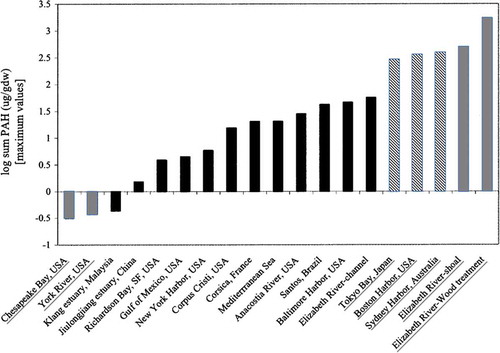
TABLE 1. Total Concentrations of Select Polycyclic Aromatic Hydrocarbons (PAHs) in Sediment (ppb or ng/g Dry Weight) From Study Sites Sampled in 2001 and 2007 in the Elizabeth River, Virginia
FIGURE 4. Adult female (above) and male (below) Fundulus heteroclitus (Atlantic killifish, mummichog).
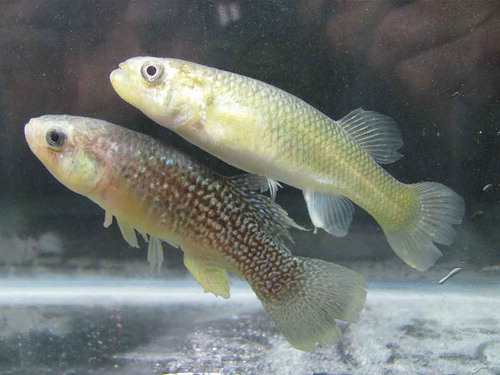
FIGURE 5. The aryl hydrocarbon receptor (AHR) pathway. The pathway is activated by binding of the AHR to ligands that include dioxin-like chemicals (DLCs) and some polycyclic aromatic hydrocarbons (PAHs). This allows for dimerization with the AHR nuclear transporter (ARNT) that forms the transcriptionally active complex that binds to xenobiotic response elements (XRE) and thereby upregulates the transcription of a number of proteins including enzymes involved in biotransformation, indicated here, as well as the AHR repressor (AHRR) that provides negative feedback of the pathway. Hsp90, XAP2, and p23 are chaperone proteins; SRC-1 and p300 are examples of co-regulator proteins involved in transcription. © McGraw-Hill Education. Reproduced by permission of McGraw-Hill Education. Permission to reuse must be obtained from the rightsholder.

FIGURE 6. Effects of exposures to extracts of sediments from the Elizabeth River (Atlantic Wood Industries site) on the developing cardiovascular system in Atlantic killifish embryos. These embryos are offspring of adults collected from a reference site (King’s Creek). The “0” embryo shows a healthy 2-chambered heart (circled, just below eyes) and the bulbus arteriosis. The “1” and “2” embryos exhibit progressive malformation of the heart into what is referred to as a “stringy” or “tube” heart. These exposures do not produce this effect on offspring of adults collected from the Atlantic Wood site.
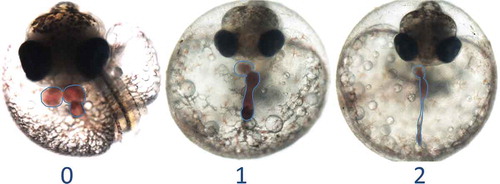
FIGURE 7. The “Elizabeth River phenotype,” summarizing organismal adaptations, underlying mechanisms, and fitness costs, based largely on studies of the Atlantic Wood industries population of Atlantic killifish. References: 1, Ownby et al. Citation2002, Meyer et al. Citation2002, Meyer and Di Giulio Citation2003, Wills et al. Citation2009, Nacci et al. Citation2010, Clark et al. Citation2014; 2, Clark et al. Citation2012; 3, Jung et al. Citation2009b, Wills et al. Citation2010b; 4, Van Veld and Westbrook Citation1995, Meyer et al. Citation2002, Citation2003b, Wills et al. Citation2010b, Nacci et al. Citation2010, Clark et al. Citation2013; 5, Van Veld et al. Citation1991, Armknecht et al. Citation1998, Cooper et al. Citation1999, Gaworecki et al. Citation2004; 6, Bacanskas et al. Citation2004, Meyer et al. Citation2003a; 7, Meyer and Di Giulio Citation2003; 8, Faisal et al. Citation1991, Kelly-Reay and Weeks-Perkins Citation1994, Frederick et al. Citation2007. Image of killifish used with permission from John Brill.
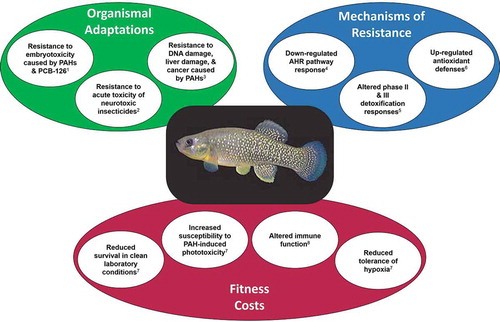
FIGURE 8. Wetlands restoration at Money Point, where Eppinger and Russell facilities operated previously. Credit—Elizabeth River Project.
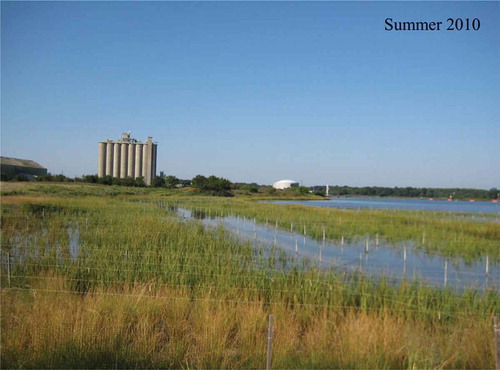
FIGURE 9. Photographs of the Atlantic Wood Industries site before (top, 2007; credit—Bryan Clark) and after remediation including the construction of a retaining wall in 2014 (credit—Elizabeth River Project).
